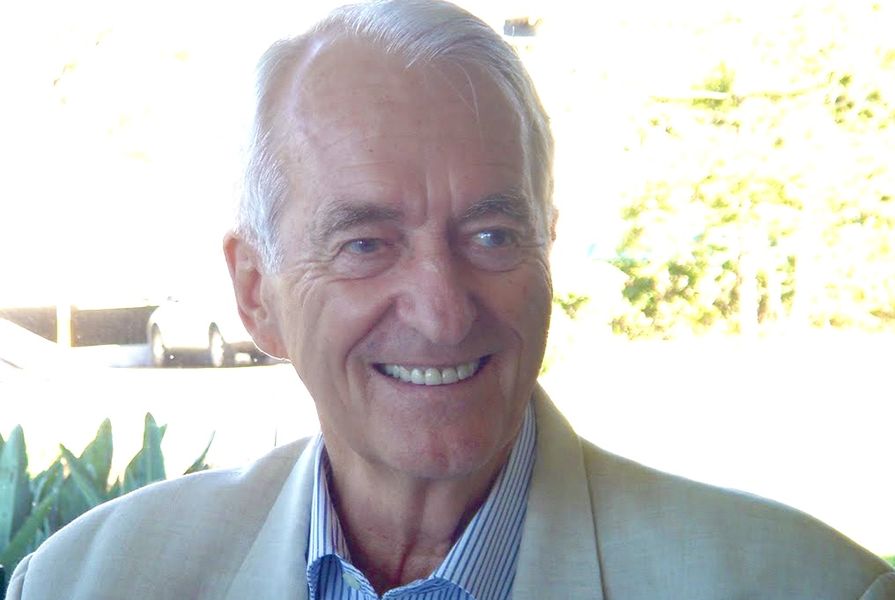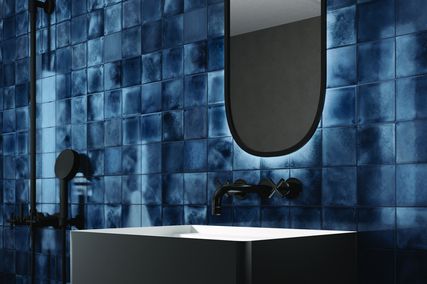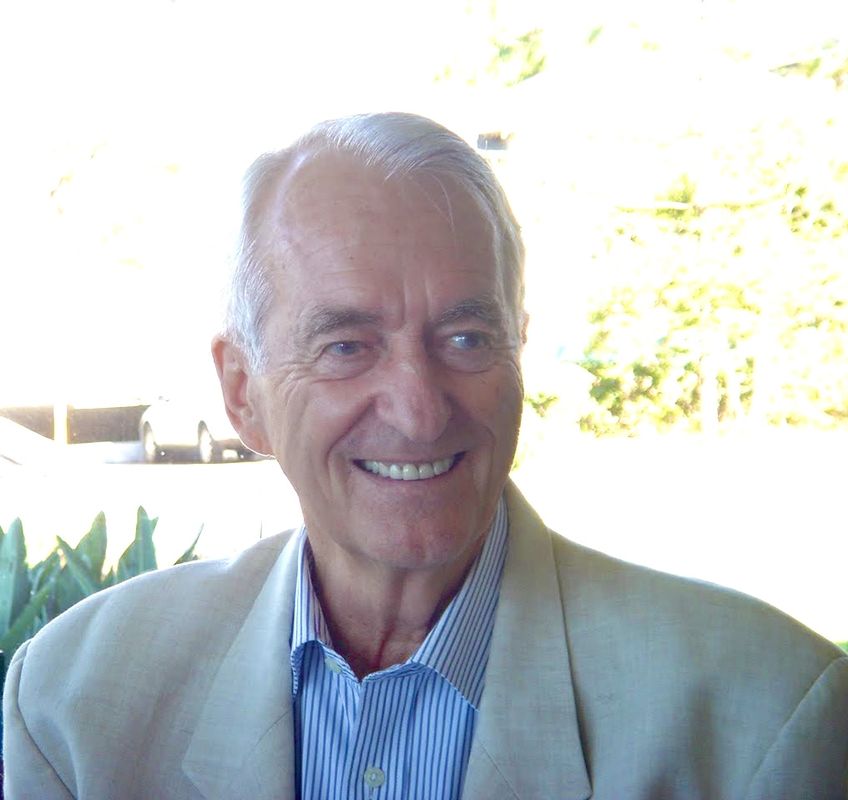The train stopped on Peter Muller’s farm. No platform, just a track to Glenrock, a Georgian mansion with fluted sandstone Doric columns that Muller started renovating in 1964. I was 14 and carried a roll of drawings to receive a few hours of his tutelage in the conventions of architecture and the complications of materiality, prevailing winds, the inheritance of the landscape and light.
That was 40 years ago. I disturbed Muller at work on an Oberoi hotel for Luxor. He had turned to hotel design after a stint as director of the National Capital Branch of the National Capital Development Commission, where he was responsible for commissioning Australia’s new Parliament House in 1977. “I asked Bert Read to draw a hypothetical scheme for the New Parliament – I wanted to inspire the competitors. It wasn’t an easy brief,” he told me.
As a boy in Adelaide, Muller liked to ride home from high school through the luxurious grounds of St Peter’s College. He decided to meet the principal and left with a scholarship to complete his schooling. From there, he went straight to the University of Adelaide and graduated with Australia’s first master’s in architecture. He went on to the University of Pennsylvania with a Fulbright Scholarship.
Muller returned to work at Fowell and Mansfield architects in Sydney. The first Australian ever to win a Fulbright, he was approached by American businessman Bob Audette for a mansion on a site in Castlecrag. Audette had in mind an East-Coast reflection of an English Renaissance revival (itself a rediscovery of Ancient Roman and Greek forms) – a style not dissimilar to homes Muller himself would later own: Glenrock, Bronte House and Kookynie. But Muller gave Audette something entirely different, using an “organic” approach – a modern style pioneered by Frank Lloyd Wright where architecture unifies a site and draws out its natural features.
Audette’s attachment to an American Colonial home turned to a preference for brick in place of stone, which displeased Muller. Nevertheless, the completed house was close to Muller’s original design, accentuating the natural fall of the land with strong horizontal lines of timber, glass and masonry. The house was the first of several by Muller to accept and embrace Sydney’s landscape.
To the organic approach, Muller added his own ideas and designed several houses. The most famous of these is the James-Bond-like 1955 Richardson House in Palm Beach. Other architects of the period included Bill Lucas, Bruce Rickard, Neville Gruzman, Adrian Snodgrass and Ken Woolley. Collectively, they were known as the Sydney School.
In 1963, Muller spent time travelling in Thailand, Vietnam and Japan, where he embraced Buddhism and developed a love for Asian architecture. Around the same time, Muller was approached by a group who were dismayed by the way Bali’s International-style hotels turned their backs on local traditions, materials and skills. As an experiment, they commissioned Muller to incorporate traditional Balinese forms into a resort design. Muller combined his interests in organic and Asian architecture and philosophy to develop the Matahari Hotel plan – a series of thatched bungalows. In place of livestock and rice-paddies, the facility had all the amenities a jet-setting traveller would expect: AC, pools, shops, restaurants and cabanas by the beach.
The Matahari wasn’t built, but Muller built both his own house and the Kayu Aya Hotel in Bali to demonstrate the beauty of traditional Balinese forms, reframed with modern standards of comfort. Between Muller and the Sri Lankan architect Geoffrey Bawa, the “Bali style” was invented. Enjoyed by locals and international travellers alike, it gave designers permission to embrace the vernacular elsewhere – from Thailand to Tahiti.
The Kayu Aya was bought by the Oberoi Group and Muller was commissioned to modify the hotel for the new owners and clientele. The travel industry was effusive, awarding the design prestigious awards, including the Condé Nast Traveller’s “Hot List,” for decades to come. This led to an explosion of international luxury hotel design, and in the 1980s, Muller built the Amandari Hotel in Ubud, which synthesized all his work in Bali. Again, the hotel won a string of awards, twice being voted “Best Hotel in the World” by The Gallivanter’s Guide (1995 and 1997). The power of Muller’s design was best summed up by Giovannino Agnelli in Travel and Leisure magazine (March 1993): “When I die I no longer want to go to heaven … I want a reservation at Amandari – if not for eternity, then for a week.”
Muller was officially recognized as a “Modern Bali Undagi” (traditional Balinese architect) in Bali in 2010 and received an Order of Australia in recognition of his work in 2014. He died peacefully aged 95 with his son, Peter, daughter, Suzy, grandchildren and family friends nearby.
— Jan Golembiewski is a leader in innovation for behavioural and psychological reactions to architecture. He is a practising architect at Psychological Design, a specialist architectural firm working out of Sydney.
















